Market
The Middle Market Squeeze, Part I: Gallerist Cristin Tierney
The consultant-turned-gallerist on art fairs, mid-tier survival, and the real Stefan Simchowitz.
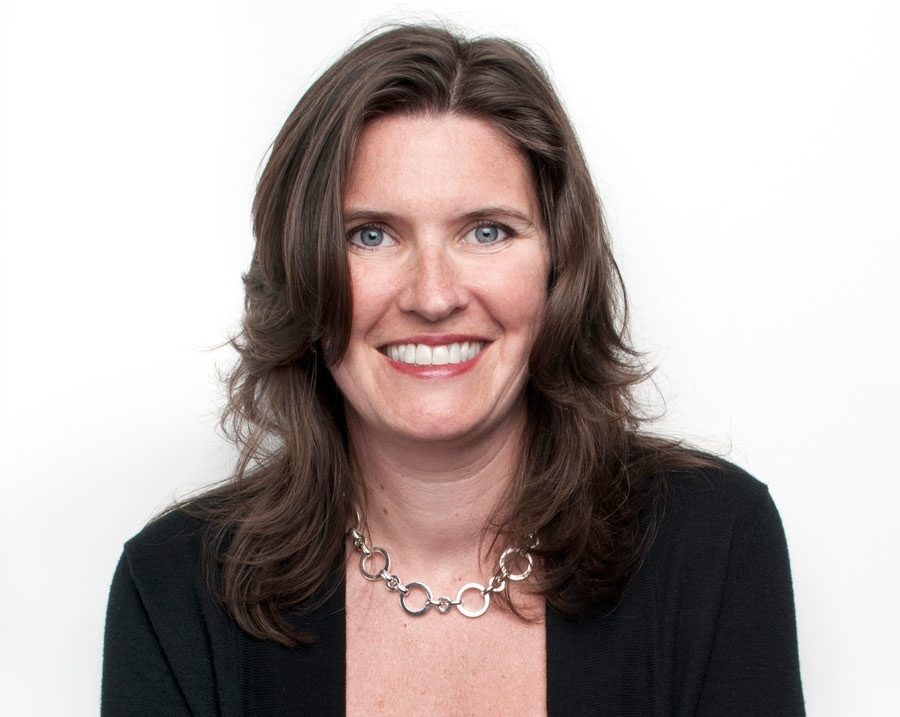
The consultant-turned-gallerist on art fairs, mid-tier survival, and the real Stefan Simchowitz.

Christian Viveros-Fauné

If 2008 seemed bad, 2010 didn’t look like a much better time to open an art gallery. In the immediate aftermath of the collapse of Lehman Brothers, more than two-dozen galleries closed their doors in New York—among them previous market darlings like Rivington Arms, Bellwether, and Guild & Greyshkul.
To those with skin in the art game, it felt like the sky had dropped. As sales dried up, inexperienced dealers got overextended and fell out with everyone from artists to framers to patrons. In a much-discussed New York Times Op-ed published in October of 2009, Bellwether founder Becky Smith cast the global economic crisis in the tones of a private betrayal: “All these collectors who supported me and my artists, they just disappeared. They didn’t care.”
Eighteen months after the start of the Great Recession the idea of opening a Manhattan art gallery still struck many in the art world as unsound thrill-seeking—like bungee jumping from the Verrazano Narrows Bridge or doing studio visits in East New York. Yet, on October 28, 2010, Cristin Tierney opened her first namesake gallery in a ground floor space in Chelsea, New York’s most crowded art neighborhood.
When asked about her rationale for doing so by the Observer, Tierney enthused: “It’s a great time to open a gallery. I feel there are a lot of artists doing amazing work, and they need support.” Despite substantial pre-planning, the dealer acknowledges now that hers was not purely a business decision. “It was not rational, it was not planned,” she says about opening her then twenty-five hundred square foot space at 546 West 29th Street. “And boy, was my husband surprised when I got home that day and said ‘hey honey, guess what I did today?’”
Tierney, who is dark-haired, petite, and resembles a forty-something version of the actress Kate Mara, sports an unusually weighty resume for an art dealer. A veteran with more than two decades of experience at various tiers of a highly stratified trade, she learned the art business at several universities, but also alongside experts at established galleries and top auction houses. Among the colleagues she does business with are old hands like Michael Findlay of Acquavella Galleries and Barrett White of Christie’s auction house.
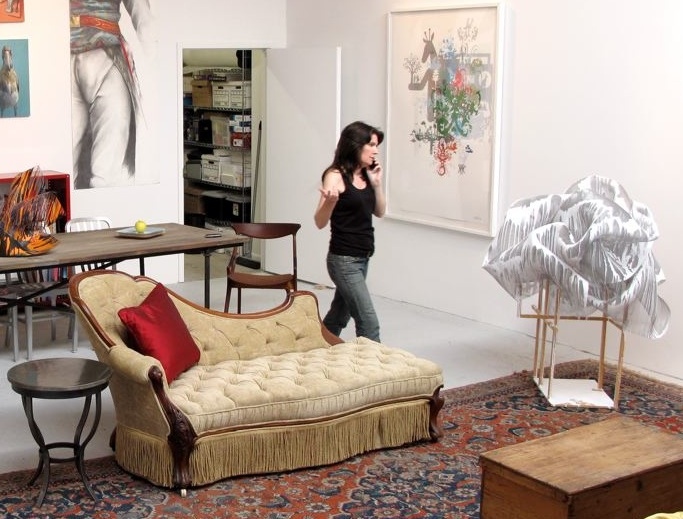
Courtesy of Cristin Tierney.
Tierney’s first-hand knowledge has served her well in a hyper-competitive trade that increasingly demands that dealers lean hard into the monied heart of the business—requiring expertise in both the primary and secondary markets. Though the two areas together comprise the twin halves of the art economy, as a practical matter these sectors often clash like oil and water where most mid-level galleries are concerned.
Unlike the cohort of dealers that shut their doors after the 2008 world financial crisis, Tierney spent eight years as a consultant at Christie’s, where she also taught graduate-level seminars on the history of the art market. A Wake Forest University alum, Tierney also sports several advanced degrees: she holds a Masters from New York University’s Institute of Fine Arts and, by her own description, is half a dissertation away from her Ph.D. in Art History.
After earning a practical education at Christie’s, Tierney spun off Cristin Tierney Fine Arts, which she helmed for a decade before becoming a gallerist. It became, in short order, a highly respected art advisory. When asked about the shift from teaching to full-time consulting while sitting in the office of her current space at 540 West 28th Street—the gallery moved in 2014 when her original building was knocked down to build condos—she describes the transition that preceded her time as a full-fledged dealer as “organic.”
The fact that Tierney crooks her fingers to indicate air quotes is her way of indicating that “pedagogy and commercial interests go hand in glove” at auction houses like Christie’s. In her case, many of the Stanford, Connecticut resident’s former students were ready to follow her from the classroom—and the private tutorials she tailor-made for her more demanding clients—directly into her new business venture.
“I got started because some of my private students kept asking for advice on acquisitions,” Tierney says about seguing from teaching into art advising. “I was doing the work initially to pay for grad school, and it just took on a life of its own.”
Among her students-turned-art-advisory-clients were John and Barbara Vogelstein, as well as David Mugrabi, the youngest member of the world-famous Warhol collecting clan. Though she admits to no longer working “on much of anything with David now,” Tierney is frankly effusive about the Vogelsteins. The well-regarded couple are not just major collectors, she says, they are also important New York City philanthropists. (John is Chairman Emeritus of New York City Ballet and Barbara is a Brooklyn Museum Trustee; additionally, the couple endowed the contemporary-art curator position at the Brooklyn Museum.) The Vogelsteins are also, she confesses, “her single most important clients in a variety of ways.”

Christie’s New York. Photo David Shankbone, via Wikimedia Commons.
“I still work with a few of those early clients,” Tierney says about the benefits of expanding relationships with collectors like the Vogelsteins. “My earliest clients were the real deal as far as collecting goes. But by 2008, I had four-dozen clients and I had never met some of them. That made the enterprise less personal. It was less about the art and more about building a business. I never intended to do advisory, but it worked well for a time. It was also boring and a little lonely. Ultimately, I needed bigger intellectual challenges, and I did not like working alone.”
In the same way that other dealers responded to the global financial crisis by closing up shop, Tierney’s entry into brick-and-mortar gallerydom came as a response to uncertainty. Paradoxically, reactions to downturns like the 2008 recession—as well as today’s art market “correction”—can appear fundamentally contradictory. When faced with adversity, some dealers retreat, while others see opportunity. Partly as a challenge, but also because she had the available liquidity, Tierney took the plunge.
“The post-Lehman moment of 2008–2010 was a reminder for all of us that client relationships come and go, and that for better or worse we are a service industry,” Tierney says when recalling the difficult years that kickstarted her career.
“My job as an advisor really felt that way in 2009. People behaved very badly without so much as a ‘Gee, I’m sorry.’ Eventually, I wanted a change. As a morale-builder I did a series of pop-up group shows with living artists in small spaces in Chelsea that year. And you know what? It was amazing fun to work with those artists. Some were crazy, some were engaged, some just came and went… but everyone was gracious, everyone said thank you, and everyone contributed something.”
Tierney did not skimp on complexity in defining her gallery program; notably, she did not turn to process-based painting to float her quintupled overhead. Instead, her first show was a seven-screen installation by video pioneer Peter Campus. The show’s monitors featured slow-moving images of coastal Long Island—a boat, industrial buildings, the sea, birds. Nothing could have been further from high-finance El Dorado touted by investor-collectors as the market’s next terminus following the financial crisis.
“My first exhibition with Peter got a New York Times review,” recalls Tierney, “but it was not terribly commercial. The second show was Alois Kronschlaeger’s first large scale installation. There was a sixty-foot sculpture suspended from the ceiling. It was wildly ambitious, but also wildly unsaleable. So, yes, retail sales have gone up since I opened the gallery, but really there was nowhere else to go.”
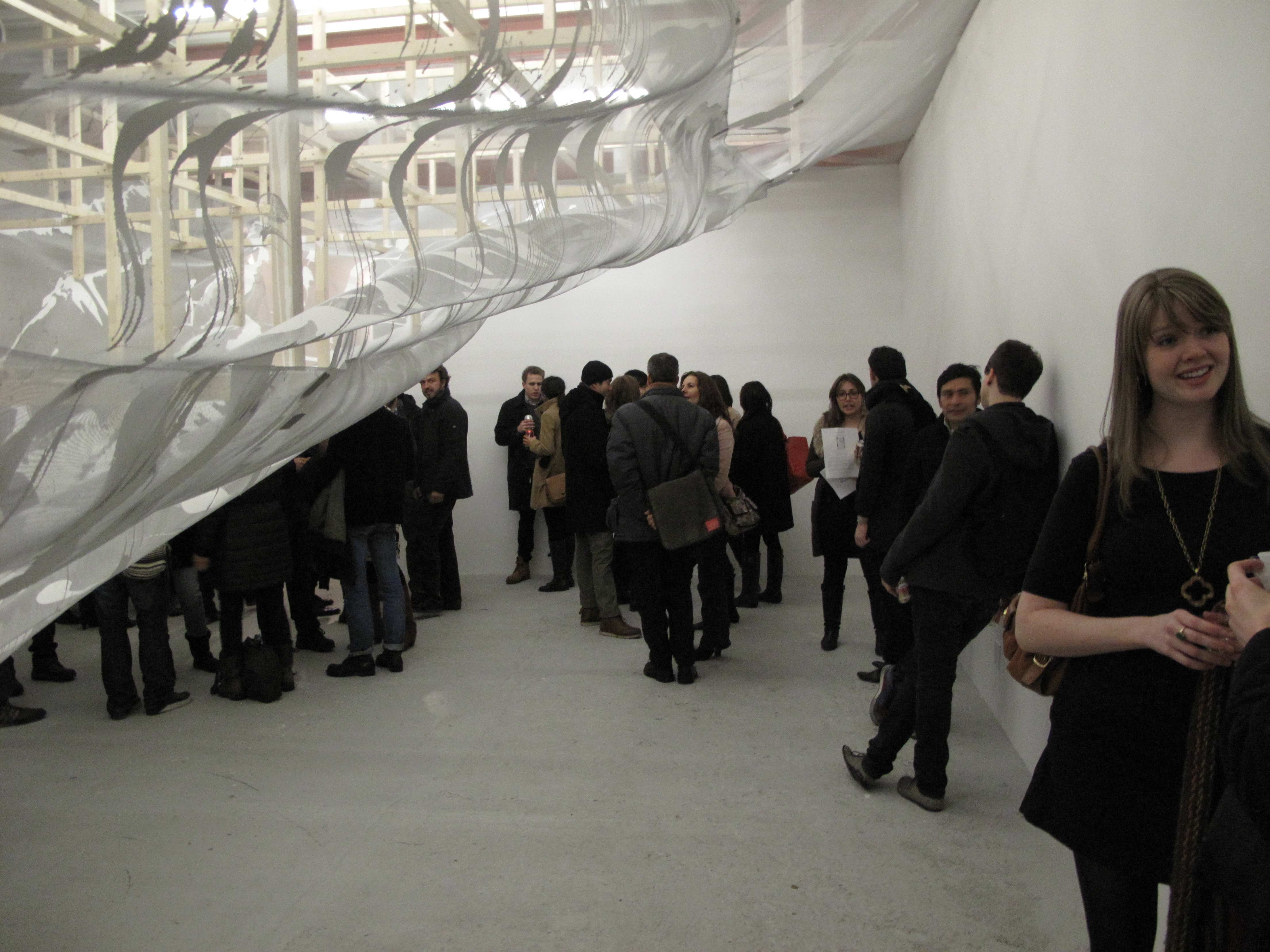 If retail sales were tough in the first few years, inquiring minds need to know: how does a mid-tier gallery survive without solid retail? In Tierney’s case, her secondary market expertise served as a lifeline for the gallery’s primary program. Or, as she puts it while pointing at a Sean Scully building block painting on a nearby wall, and a Juan Muñoz balcony sculpture hanging above the entrance to her office: “It helps when you can buy and sell a major work at auction.”
If retail sales were tough in the first few years, inquiring minds need to know: how does a mid-tier gallery survive without solid retail? In Tierney’s case, her secondary market expertise served as a lifeline for the gallery’s primary program. Or, as she puts it while pointing at a Sean Scully building block painting on a nearby wall, and a Juan Muñoz balcony sculpture hanging above the entrance to her office: “It helps when you can buy and sell a major work at auction.”
When asked how the gallery is doing with primary sales today, Tierney admits to a significant dip over the last year, while acknowledging that the gallery’s retail improved vastly from 2010 into 2015.
“Retail sales are something I continue to work on,” Tierney continues. “We constantly rethink sales strategies at the gallery in relation to our evolving program. But I don’t ever want to take on an artist just because the work is saleable. I want to have the freedom to work with artists who contribute to the discourse of our gallery program, even if they make a long film, an installation in abandoned buildings, or big, glorious, political paintings.”
That dealer ideal, which art world mavens still refer to as “the Castelli model”—after the late Leo Castelli’s shepherding of several generations of avant-garde artists into the market—appears in danger of extinction after what amounts to a serious round of global belt-tightening. In the art world, those cuts have announced themselves in the form of reduced gallery sales, museum layoffs, and, most recently, gallery closures.
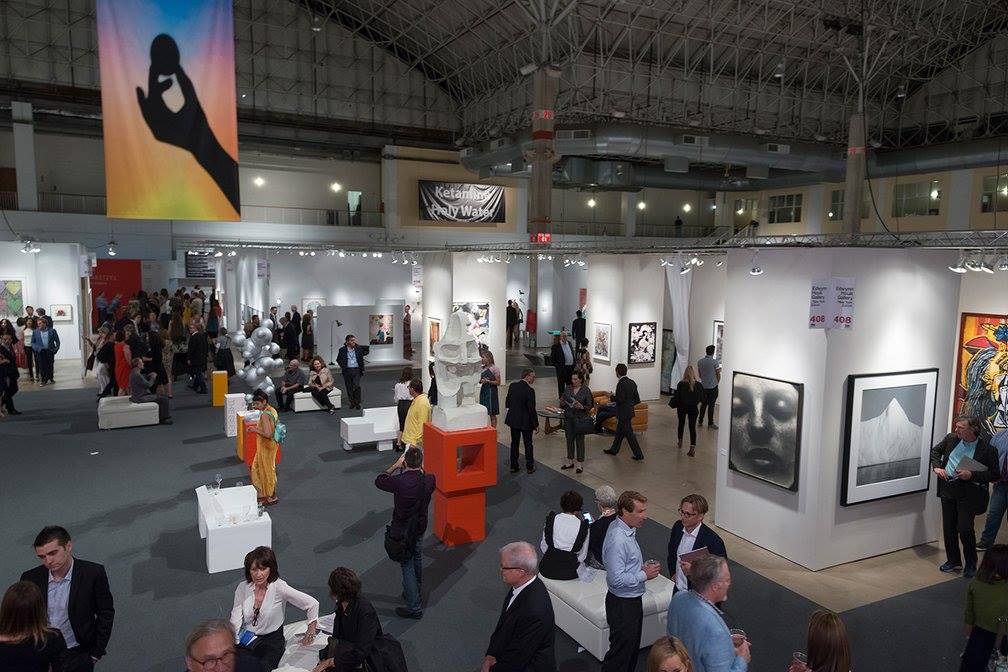
EXPO Chicago. Photo: Cory Dewald/EXPO Chicago via Facebook.
Weeks after our first conversation, I reach Tierney as she’s installing her booth at Art Expo Chicago. Having once again taken up the subject of how mid-tier galleries can survive what appear to be diminishing market returns in a winner-take-all economy, I mention the speculative logic loudly espoused by figures like art-flipper Stefan Simchowitz and the popular website ArtRank, which rates artists according to categories that indicate their investment potential.
The L.A.-based Simchowitz, I tell Tierney, recently declared that mid-tier galleries that strive to sell “only to the best institutions and most influential collectors” are adopting a scheme that is “not a sustainable business [model].” He has also identified recent mid-tier gallery closings—among them, the galleries Lisa Cooley, Kansas and Laurel Gitlen in New York, and Mark Moore in Los Angeles—as proof of “a systemic failure” in the market.
At the sound of Simchowitz’s name, Tierney drops her usual affability. “Fuck Simchowitz,” she says, followed by: “And you can print that.”
Taking a breath, she continues: “I have no beef with hip painting, but that kind of art does not need my help. I would rather champion art and artists whose voices are less mainstream and obvious. The best art represents belief systems; humanist values that people have been addressing and debating for centuries. We historicize and immortalize these values in museums, so, yes, museums matter. They represent something significant to me as an intellectual, as a trained art historian, as an art dealer, and as a citizen of the world.”
“The art market is not only about the money, honey,” she concludes before being drowned out by the twaddle of a reversing forklift.
But if one thing is crystal clear from my conversations with the dealer, it’s this: what enables Tierney to take a long view of sales, collector development, and her artists’ careers is her gallery’s reliance on the secondary market. “Make no mistake about it, the back room pays for the front room,” Tierney says matter-of-factly. “I can present an 83-minute film by Francois Bucher in the main gallery because I sell paintings and sculptures by dead or nearly dead artists out of the back room.”
A number of those valuable paintings and sculptures, Tierney informs me, originate with the Reiner estate. Part of the trove of the late contemporary collector Anita Reiner, the estate brought in a small fortune for Christie’s two years ago, when it sold a Jean-Michel Basquiat painting that fetched nearly $35 million, along with a number of other works from collection.
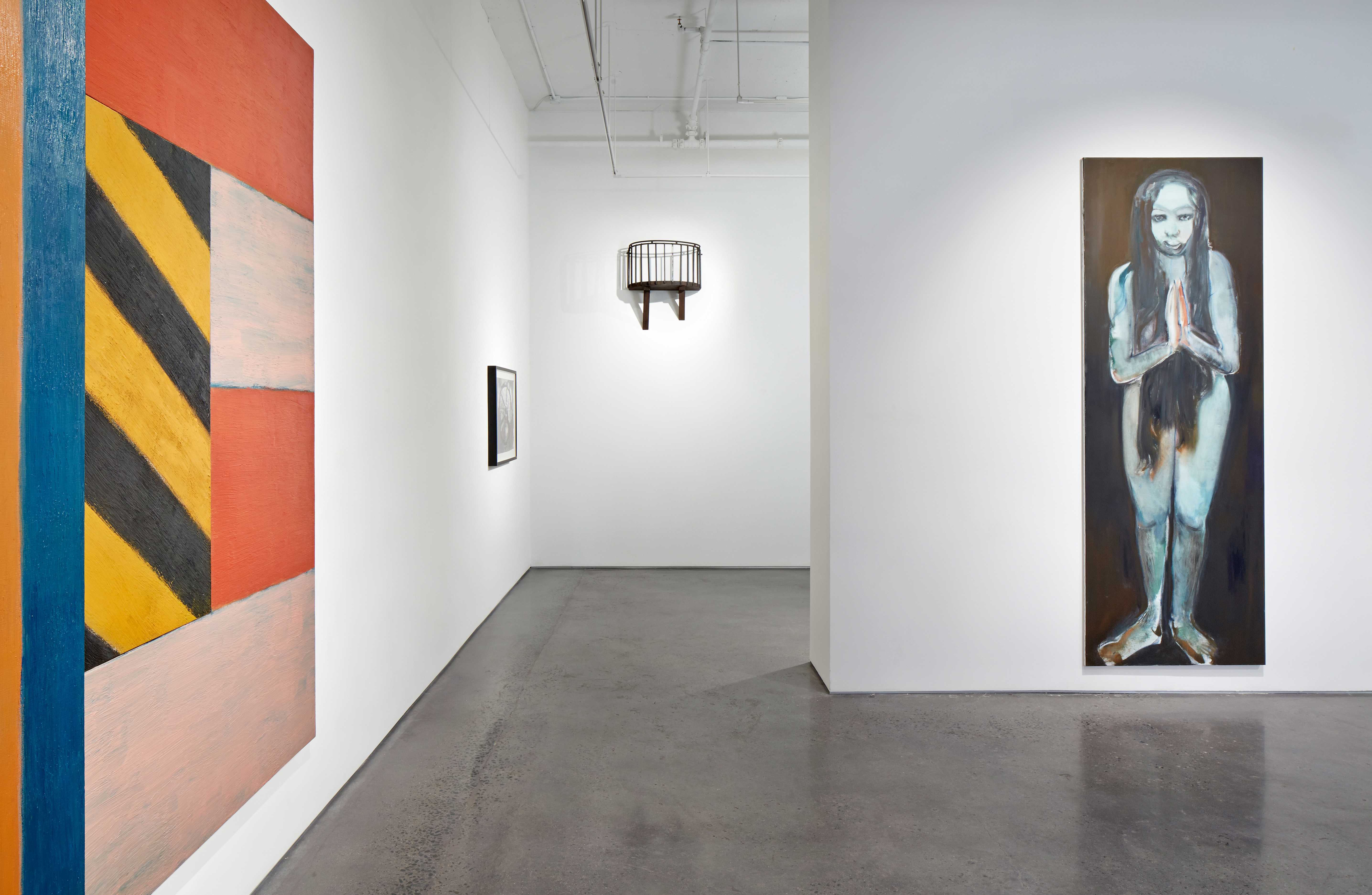
Installation view: Meet Me Halfway: Selections from the Anita Reiner Collection, 2015. Cristin Tierney Gallery, New York. Photo by John Muggenborg ©.
Following that sale, the auction house reached out directly to Tierney. “Christie’s referred them to me, and they signed me up as an advisor,” she says. “It was and remains a good fit, and we work hard not just to sell pieces when that is appropriate, but to do what needs to be done for the estate—insurance, collection management, conservation, record keeping, etc.—while also placing works in public collections.”
After the Christie’s sale, some three hundred artworks were left in the Reiner collection. Since then, a number of those works have been sold privately or bequeathed to deserving institutions. Among those donated to museums like the Hirshhorn, the National Gallery, and the Phillips Collection are works on paper by Hernan Bas, Chuck Close, and Anselm Keifer. Among the works Tierney has sold on the private market are paintings, sculptures, and photographs by artists such as El Anatsui, Marlene Dumas, Albert Oehlen, Sterling Ruby, Diane Arbus, Gabriel Orozco, Sean Scully, and Juan Muñoz.
“One of the reasons I have done so well in the secondary market,” says Tierney, “is because I think cooperatively and share with others. The idea that dealers can squirrel away information about work that is available for sale is gone. Email a good jpeg today and tons of people see it in a flash.”
“I know it goes against conventional thinking,” she says before rattling off a list of galleries she has worked with on private sales that include Cheim & Reid, Hauser & Wirth, and David Zwirner, “but I really think more dealers should work this way. That’s why old ways of doing things are called just that—conventional thinking.”
Yet, despite the secondary sales, there is no question for Tierney that things have soured lately in the middle market, where survival, in her own words, has turned more difficult than at any time in recent memory. “The struggle now,” she says, “is what my eight year-old would call ‘epic’.”
“In 2010 I was able to open and cover expenses due to a variety of factors,” Tierney admits. “My overhead was substantially lower—my rent was $8500 in 2010, now it’s $13,500 for less square footage—and related costs have increased exponentially. Art shipping costs more, conservators cost more, insurance costs more… I could go on. Also, in 2010, the gallery was too young to even apply to art fairs, so there was no need to budget for that.”
One of the biggest expenses for galleries today, fairs hold out hope for mid-market galleries looking to break new ground with big collectors, many of whom appear to have migrated toward the relative safety of more established outfits. With experts like thegray-market.com’s Tim Schneider suggesting that eighty percent of the gains likely go to just twenty percent of galleries at art fairs, I ask Tierney what her experience has been with the proliferating world of booths and track lighting.
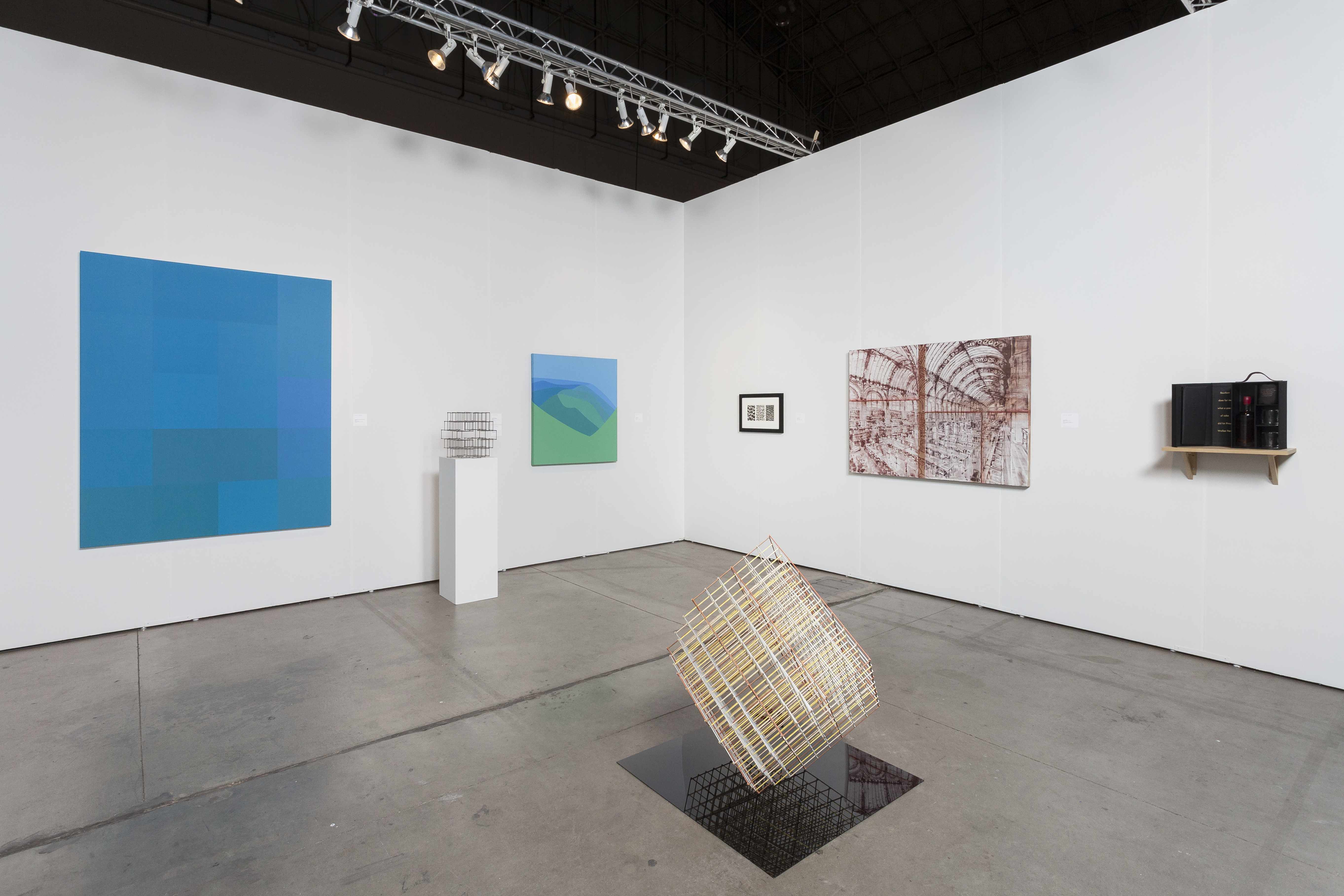
Installation view: Cristin Tierney Gallery at EXPO CHICAGO, 2016. Photo credit: RCH | EKH.
“Art fairs are currently one of the three biggest line items in our budget, along with rent and salaries. The same is true for all galleries. Though fairs have expanded my client network and led to exhibition opportunities for my artists, we don’t do the majority of our business at fairs. Fairs help with primary market outreach. But things are different now, which leads me to think about the bigger picture. The primary market is closely correlated with overall economic health. There is less buying on this end when the economic outlook is negative.”
Tierney could easily complete her sentence with the words: “Like now.” Which leads me to wonder aloud how 2016’s market contraction compares to that of 2008, and how that may be affecting middle market galleries.
“I am generally a pretty good financial forecaster,” Tierney says, “but 2016 has been a different animal than the last correction. I was ready for it in 2008-09. I had plenty of cash on hand, and the transactions did not quite stop cold. But the fall of 2015 surprised me. I thought the market would plateau, but I didn’t see it falling off to this extent. A thirty to thirty-five percent drop is huge. A number of factors contribute to this, among them weak currencies, political unrest, and, of course, our presidential election. I just had a client tell me he’s not buying any art until after the election. That’s the third one in two weeks!”
When I suggest that one of economic globalization’s effects is that high net worth individuals are likely to be scared off by instability in other economies despite the relative stability of US markets, she agrees.
“I’ve never really experienced anything like it,” she says, clearly exasperated. “These people are not cash-poor, which is what happened in 2008-2010. They are hoarding cash because they are worried about liquidity. After the last market crash, galleries like mine are much more conservative—they have more cash on hand now than before, but expenses are higher than ever. My fear is that people are going to run out of money without sales. Without the secondary market, I don’t know what we’d really do in this environment.”